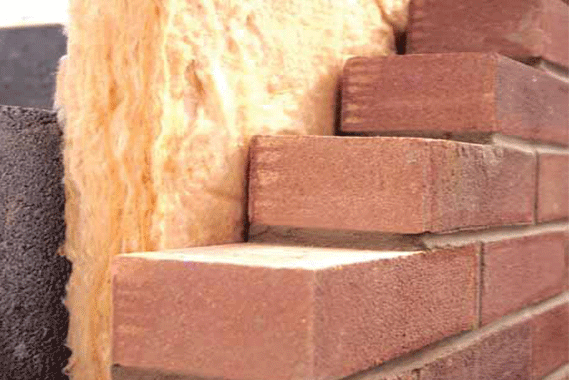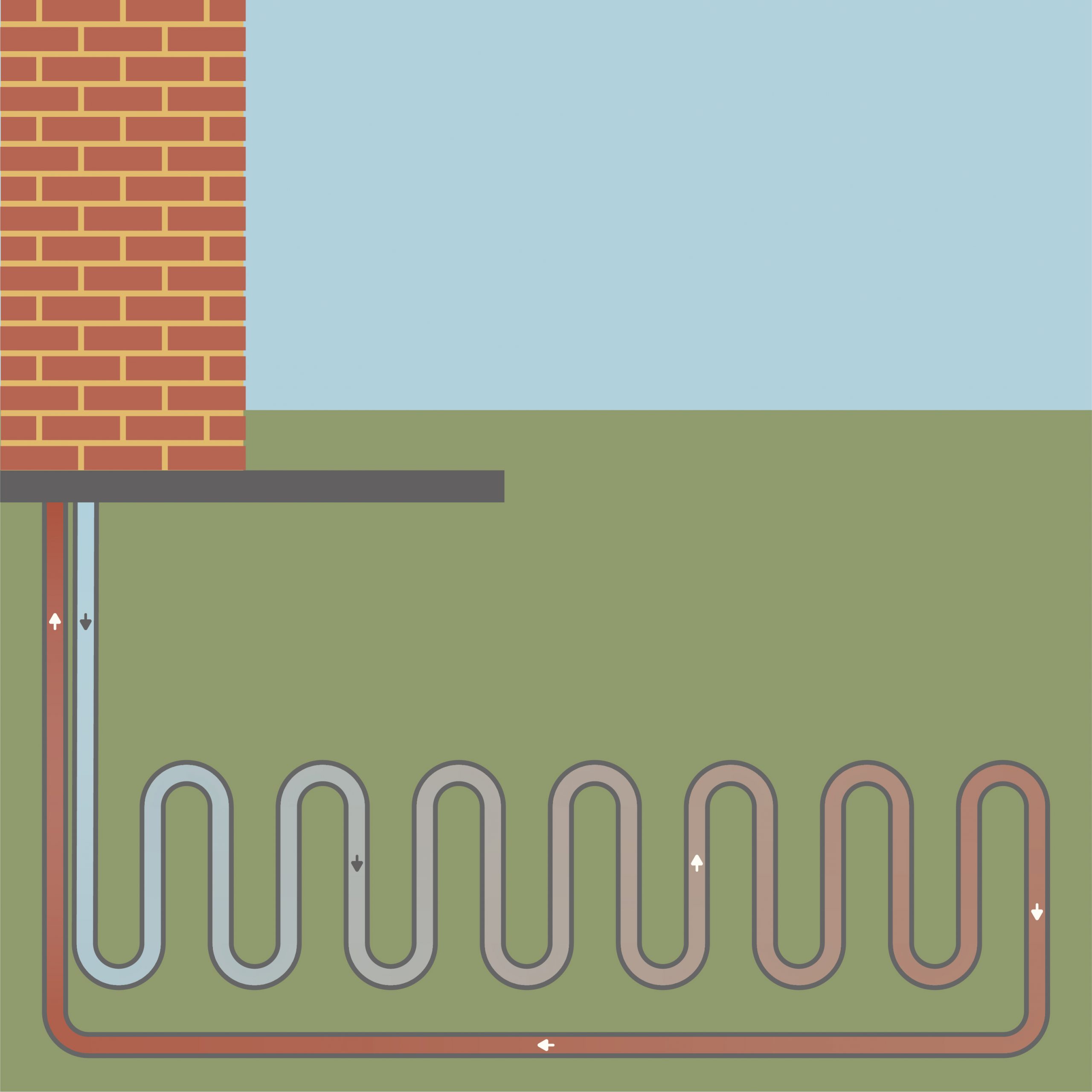
A practical guide to cavity wall insulation
Cavity wall insulation is one of the most cost-effective ways to improve your home’s energy efficiency. By reducing heat loss through the walls, it can help cut your energy bills, lower your carbon emissions, and create a warmer, more comfortable home.
But it’s not suitable for every property – and when installed without proper assessment, it can lead to damp, mould, and ventilation issues. That’s why planning carefully is essential.
How does cavity wall insulation work?
Most homes built after 1920 have cavity walls – two layers of brick with a gap between them. These cavities were originally designed to prevent moisture passing from outside to inside. Filling this space with insulation – typically mineral wool, polystyrene beads, or polyurethane foam – can reduce heat loss by up to a third.
It’s a hidden but powerful upgrade. Once installed, the insulation holds warmth inside the home for longer, helping to stabilise temperatures and reduce reliance on your heating system.
However, it’s vital that cavity wall insulation is only installed where it’s appropriate – and always by a qualified professional. In the wrong conditions, it can trap moisture and lead to long-term damage.

Is my home suitable for cavity wall insulation?
Cavity wall insulation isn’t a one-size-fits-all solution. Some homes are more at risk of poor performance or damp. Before installing insulation, a professional should check for:
- Wall type – If your home was built before 1920, it’s likely to have solid walls, which require a different approach.
- Exposure to wind and rain – Homes in areas with driving rain or existing signs of damp are less suitable for cavity insulation, as trapped moisture can cause internal mould.
- Cavity width – If the gap is too narrow or partially filled, insulation may not be effective.
The best way to be sure is to book a whole house energy assessment. This provides a clear, expert view of your property’s structure, condition, and suitability for insulation.
Costs and savings
Cavity wall insulation is generally quicker and more affordable to install than other wall insulation options – and it delivers strong returns in reduced bills.
According to estimates from Which?:*
| Property type | Typical cost | Annual savings |
| Detached house | £4,600 | Up to £370 |
| Semi-detached house | £2,800 | Up to £230 |
| Mid-terrace house | £2,300 | Up to £160 |
| Bungalow | £2,500 | Up to £180 |
| Flat | £950 | Up to £100 |
Most households recover the installation cost within five years, making it a smart long-term investment – provided the conditions are right.
(*Prices from 2024. Costs vary by region, insulation type, and property specifics.)
Avoiding unintended consequences
Cavity wall insulation can deliver excellent results – but only when installed as part of a well-thought-out plan. If insulation is added in isolation, without considering ventilation and moisture, it can cause more harm than good. Common risks include:
- Damp and mould due to trapped moisture in the walls
- Poor ventilation and stale indoor air
- Overheating in summer where insulation isn’t balanced by shading or airflow
At Cosy Homes Oxfordshire, we recommend a whole house approach to energy upgrades. This means we assess how different improvements will interact – so you avoid costly mistakes and get the best long-term results.
Plan your insulation properly
When planned and installed correctly, cavity wall insulation can be one of the simplest ways to improve your home’s comfort and efficiency. But getting it wrong can be disruptive and expensive.
That’s why we always start with a full home energy assessment and tailored Whole House Plan – giving you clear, expert advice on what’s right for your property.
Call our team on 0330 223 2742 (Monday to Friday), or send us a message to book your assessment and take the next step towards a warmer, healthier, and more efficient home.
Read next…

A practical guide to solid wall insulation
Solid wall insulation is a key upgrade for many older properties – helping to cut energy bills, reduce heat loss, and make homes more comfortable to live in all year
Is a ground source heat pump right for your home?
Looking for a sustainable way to heat your home? A Ground Source Heat Pump might be the solution! They harness natural heat from the ground to keep your home warm and provide hot water, all while reducing carbon
Why a whole house energy efficiency approach?
Taking a whole house approach is one of the most effective ways to reduce the carbon footprint of your property while ensuring long-term energy efficiency and comfort. Instead of focusing on individual fixes, this strategy looks at your home as a complete
